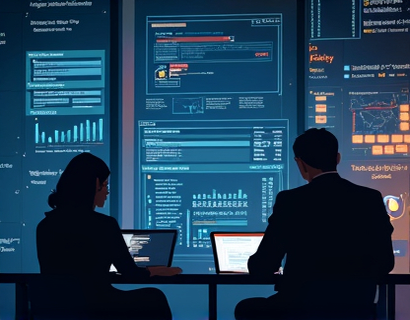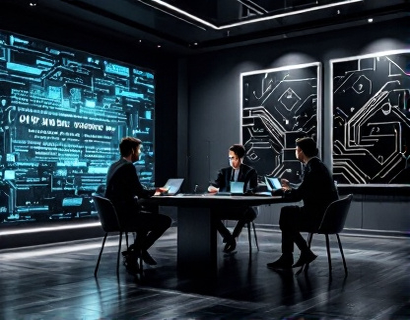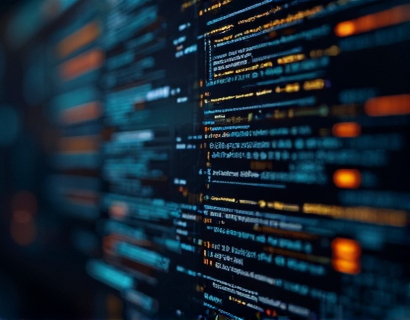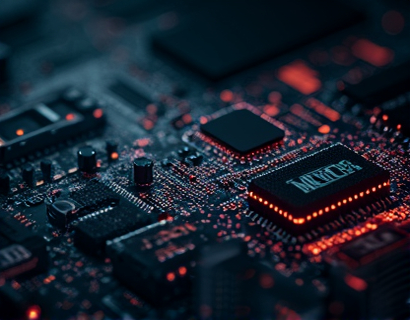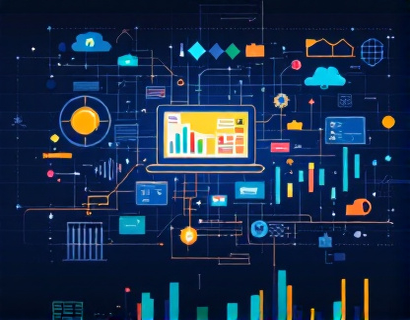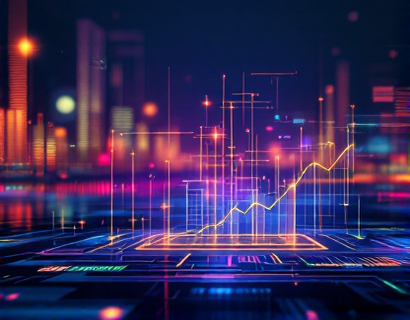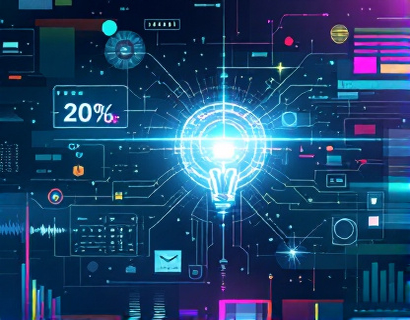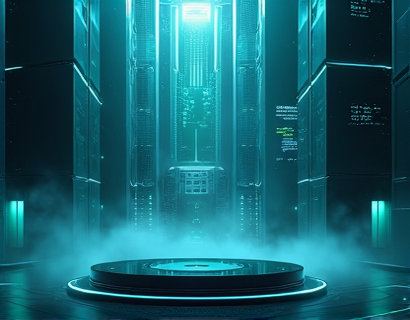Advanced Layer 2 Solutions: Transforming Blockchain Scalability and Developer Efficiency for EVM-Enabled Applications
In the rapidly evolving landscape of blockchain technology, Layer 2 solutions have emerged as a pivotal advancement, particularly for Ethereum Virtual Machine (EVM)-enabled applications. These solutions are designed to enhance scalability, security, and efficiency, enabling the creation of faster, more secure, and cost-effective decentralized applications. This article delves into the intricacies of advanced Layer 2 solutions and their transformative impact on blockchain development, focusing on EVM-based applications.
Understanding Layer 2 Solutions
Layer 2 solutions refer to protocols and technologies built on top of existing blockchain networks, or Layer 1, to improve transaction throughput and reduce costs. Unlike Layer 1 upgrades, which involve modifying the core blockchain protocol, Layer 2 solutions operate within the existing framework, addressing specific pain points such as scalability and efficiency. For EVM-enabled applications, Layer 2 solutions offer a way to offload some of the computational and storage burdens from the main chain, thereby enhancing overall performance.
Key Benefits of Advanced Layer 2 Solutions
One of the most significant advantages of advanced Layer 2 solutions is their ability to significantly increase transaction throughput. By processing transactions off the main chain, these solutions can handle a much higher volume of transactions per second, addressing one of the primary limitations of blockchain technology. This increased scalability is crucial for EVM-based applications, which often require high transaction volumes, especially in decentralized finance (DeFi), non-fungible tokens (NFTs), and gaming platforms.
Security is another critical aspect where advanced Layer 2 solutions excel. By leveraging techniques such as state channels, sidechains, and rollups, these solutions ensure that transactions remain secure and verifiable on the main chain. For instance, Optimistic Rollups and ZK-Rollups provide strong security guarantees by allowing multiple transactions to be bundled and verified in a single batch, reducing the risk of fraud and ensuring that the final state is always correct.
Cost efficiency is a third major benefit. Traditional on-chain transactions on EVM-based blockchains can be expensive due to gas fees. Layer 2 solutions mitigate this by reducing the number of transactions that need to be processed on the main chain. This not only lowers transaction costs but also makes blockchain applications more accessible to a broader audience, including developers and users with limited resources.
Types of Advanced Layer 2 Solutions
Several advanced Layer 2 solutions are particularly well-suited for EVM-enabled applications, each with its unique approach and benefits.
State Channels
State channels allow multiple parties to conduct a series of transactions off the main chain, with the final state being submitted to the blockchain once the channel is closed. This method is highly efficient for applications that involve frequent, small transactions, such as gaming or micropayments. By minimizing on-chain interactions, state channels significantly reduce gas costs and increase transaction speed.
Sidechains
Sidechains are independent blockchains that are linked to the main chain through two-way pegs. They allow assets to be transferred between the main chain and the sidechain, enabling off-chain processing of transactions. This approach is useful for applications that require more flexibility and customization, as sidechains can implement their own consensus mechanisms and features.
Rollups
Rollups are a class of Layer 2 solutions that bundle multiple transactions into a single transaction on the main chain. There are two main types: Optimistic Rollups and ZK-Rollups.
Optimistic Rollups assume that all transactions are valid and only challenge invalid transactions. This approach significantly reduces the computational load on the main chain, as only disputed transactions require verification. Optimistic Rollups are well-suited for applications that prioritize speed and cost efficiency.
ZK-Rollups, on the other hand, use zero-knowledge proofs to bundle and verify transactions off-chain, providing stronger security guarantees. This method ensures that the final state submitted to the main chain is correct, making ZK-Rollups ideal for applications that require high levels of security and trust.
Enhancing Developer Efficiency
Advanced Layer 2 solutions not only improve the performance of EVM-based applications but also enhance developer efficiency. By offloading some of the computational and storage tasks to Layer 2 layers, developers can focus on building more complex and innovative features without being constrained by the limitations of the main chain.
For instance, state channels and sidechains allow developers to design custom transaction protocols and application logic that can operate more efficiently off the main chain. This flexibility accelerates development cycles and reduces the need for extensive testing and optimization on the main chain. Additionally, the reduced gas costs associated with Layer 2 solutions make it more feasible for developers to experiment and iterate on their projects.
Case Studies and Real-World Applications
Several real-world applications demonstrate the transformative impact of advanced Layer 2 solutions on EVM-based blockchain development.
One notable example is the use of Optimistic Rollups in decentralized finance (DeFi) platforms. These platforms can process a higher volume of transactions at lower costs, enabling more users to participate in lending, borrowing, and yield farming activities. The increased scalability and cost efficiency make DeFi applications more accessible and user-friendly.
In the gaming industry, state channels have been employed to create seamless and low-latency gaming experiences. By handling transaction-heavy operations off the main chain, games can maintain high performance and responsiveness, enhancing the overall user experience. This is particularly important for blockchain-based games that require real-time interactions and asset transfers.
Another area where Layer 2 solutions shine is in the NFT market. Sidechains and rollups can significantly reduce the cost and time required to mint, transfer, and verify NFTs, making this space more inclusive and dynamic. Developers can build more complex and interactive NFT applications without worrying about the scalability and cost issues associated with on-chain transactions.
Future Prospects and Challenges
The future of blockchain innovation is closely tied to the continued development and adoption of advanced Layer 2 solutions. As the ecosystem matures, we can expect to see more sophisticated and integrated Layer 2 layers that further enhance scalability, security, and efficiency.
However, there are challenges that need to be addressed. Interoperability between different Layer 2 solutions and main chains remains a significant hurdle. Standardization and collaboration among developers and protocol designers are essential to create a seamless and unified blockchain ecosystem. Additionally, user education and adoption play a crucial role in the widespread implementation of Layer 2 technologies.
Despite these challenges, the potential benefits of advanced Layer 2 solutions for EVM-based applications are undeniable. By transforming blockchain scalability and developer efficiency, these solutions are paving the way for a new era of decentralized innovation.








